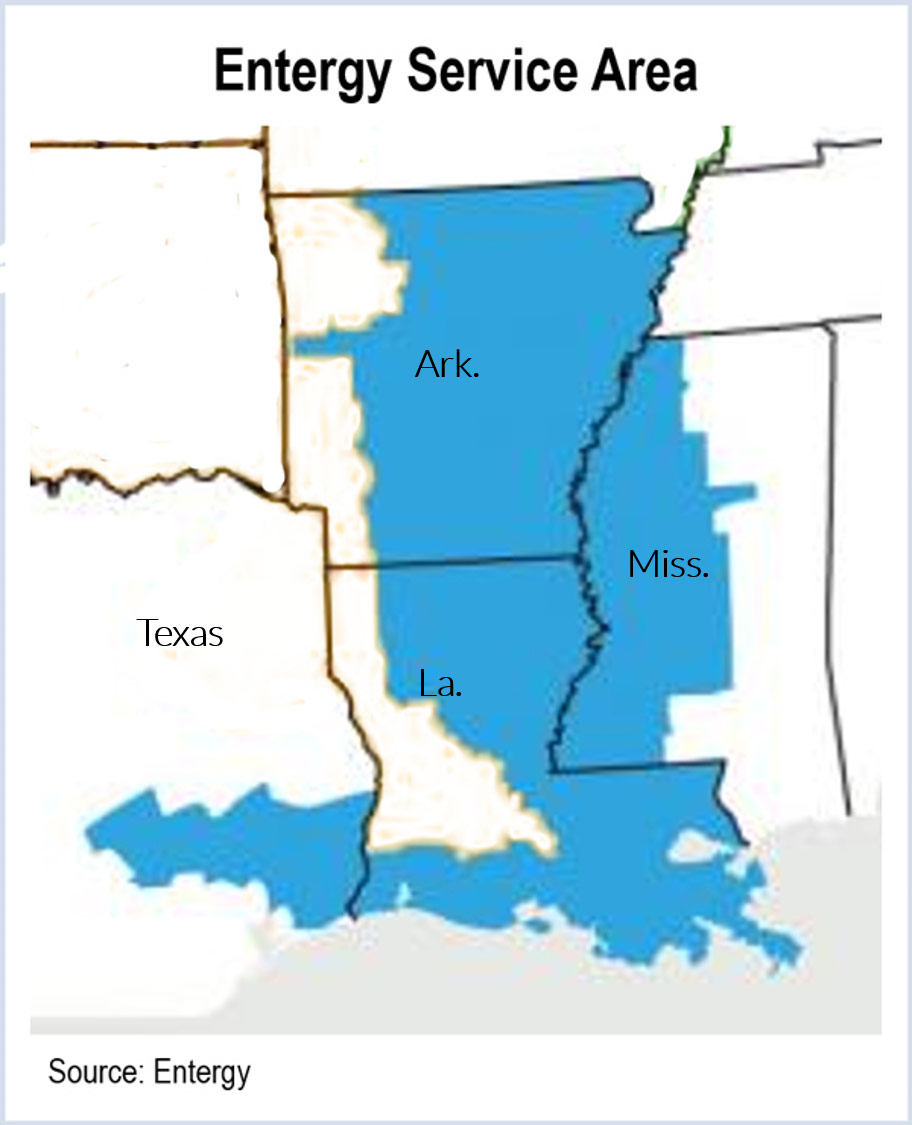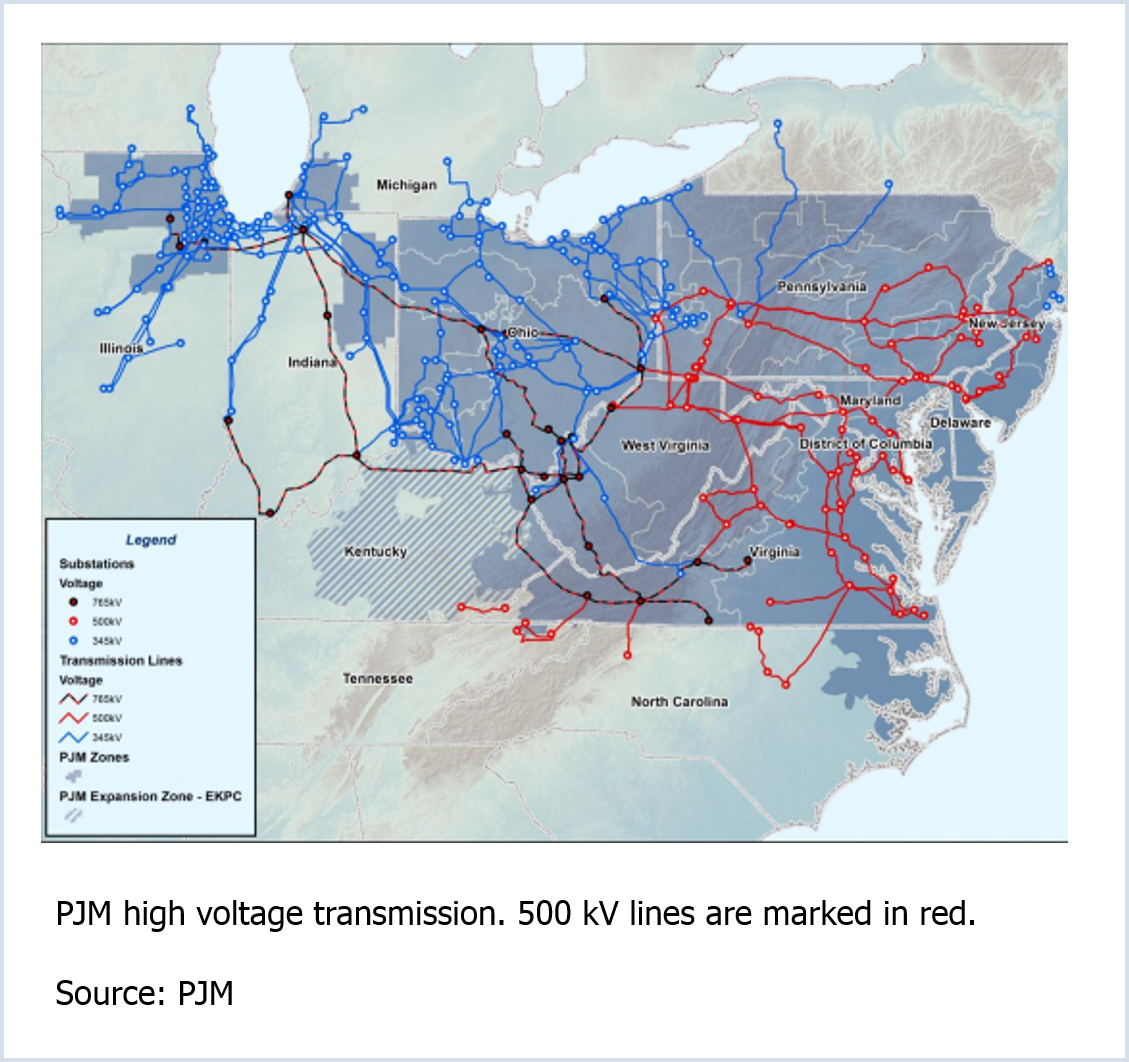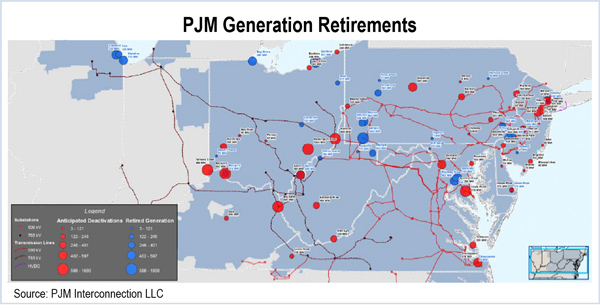By Ted Caddell and Michael Brooks
The Federal Energy Regulatory Commission issued notice Wednesday that it may seek $29.8 million in fines from hedge fund twins Rich and Kevin Gates over a PJM trading scheme that became the centerpiece of a debate over FERC enforcement policy during Commissioner Norman Bay’s confirmation process earlier this year.
FERC issued an Order to Show Cause, the next step in the enforcement process over what it called a “fraudulent scheme” by the Gates brothers, their Powhatan Energy Fund and associate Houlian “Alan” Chen to collect line-loss rebates on riskless up-to-congestion trades. It gave the accused 30 days to tell the commission why they shouldn’t be fined.
The attached enforcement staff report recommended that the parties give up more than $4.7 million in profits collected by alleged wash trades in 2011. The show cause order didn’t include that recommendation.
They can ask for a hearing or pay the fines. If the fines aren’t paid, FERC can file in U.S. District Court to collect.
FERC’s Office of Enforcement alleged that “with Powhatan’s knowledge and encouragement, Chen placed UTC trades in opposite directions on the same paths, in the same volumes, during the same hours for the purpose of creating the illusion of bona fide UTC trading and thereby to capture large amounts of” rebates.
Kevin Gates said Powhatan would respond to the allegations in the enforcement staff report, insisting that everything they did was legal. He said they seek an extension in the filing deadline.
“I still firmly believe that no violations occurred, that there were no ‘wash trades’ and no violations of any kind,” he said in an interview. “There was an economic purpose to the trades, and there were risks.”
Chen said in an interview that he is “struggling” to understand the allegations against him. “I ask myself, ‘are the type of trades we put on, the match trades, are those trades supportive [of the market]?’ And the answer is definitely ‘yes.’ They were necessary trades to provide a healthy market.”
Both he and Kevin Gates said the type of trades they undertook would have been helpful, in fact, during last winter’s polar vortex. “They would have been there to support the market at the very time the market needed them the most,” Gates said.
FERC enforcement cases usually take place quietly via letters and documents filed back and forth between parties, and they nearly always result in settlements.
But Rich and Kevin Gates have taken a much more public route fighting FERC. They hired expert witnesses, and posted video depositions and statements and reams of legal documents on their website, ferclitigation.com.
The brothers argued that Bay, who headed FERC’s Office of Enforcement during the Powhatan investigation, should recuse himself from any dealings with the case. Bay has since done so.
It appeared in October that a settlement might be in the works when the brothers took down the site. However, when FERC issued a notice on Dec. 5 that the commission was heading toward the next step, civil prosecution, the site was reactivated, and the fight was back on.
The next step was FERC’s, when on Wednesday it issued the show cause order.
At Thursday’s FERC meeting, Commissioner Phillip Moeller read a statement citing the show cause order and explaining the FERC investigation and enforcement process. Moeller took pains to say the commission has not made any final determinations, comments Gates said he found “comforting.”
“In the show cause order, the commission noted that issuance of the staff report does not indicate commission adoption or endorsement of staff’s findings,” Moeller said. “This statement reflects the commission’s long-standing practice not to pre-judge the findings made in staff reports. Instead, the commission will consider the entire record in this proceeding to determine whether the assessment of civil penalties is appropriate.”
Chairman Cheryl LaFleur was asked in a press conference after the meeting if the show cause order means the commission has reached a decision on the Gates case.
“We’ve reached the conclusion that’s reflected in our order, which is that, if you will, it rose to a level of an order to show cause to say ‘here respond to this,’ but we have not reached a conclusion as to a finding of market manipulation. We’ll make that determination presuming we get to the next stage of the case when we decide if there’s market manipulation,” LaFleur said.
LaFleur also was asked whether traders should be prosecuted when they were acting within the RTO’s rules, at the time. PJM’s rules on collecting the rebates were changed after officials recognized the loophole Powhatan was exploiting. Although UTCs don’t involve the movement of physical energy, UTC traders then had to reserve transmission service for each transaction, making them eligible for the line-loss rebates.
“Clearly the issue you identified is one of the ones that’s been debated a lot: what are the bounds of market manipulation under our regulations and we’re seeing it evolve more and more as we take on more cases,” LaFleur said.



